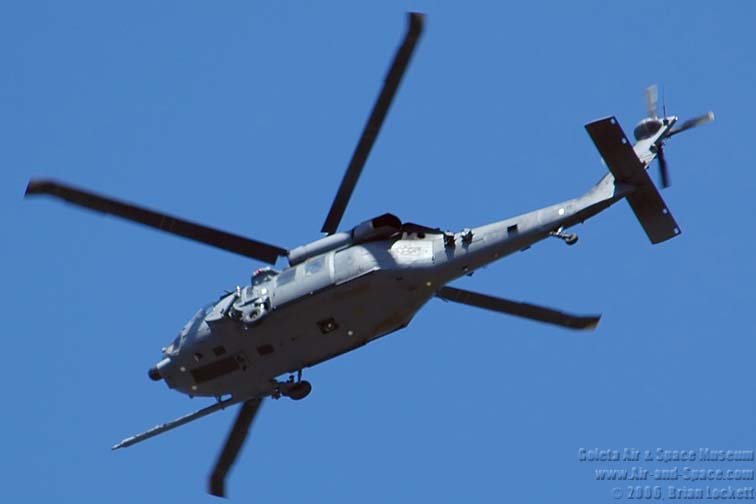NORTHROP OBSERVA BUENAS PERSPECTIVAS PARA EL GLOBAL HAWK
By Andrea Shalal-Esa
WASHINGTON (Reuters) - Northrop Grumman Corp (NOC.N: Quote, Profile, Research, Stock Buzz) sees bright prospects for its high-altitude unmanned Global Hawk surveillance plane, including possible sales to foreign countries and the U.S. Department of Homeland Security, as people become more aware of the system's capabilities,
The U.S. Navy's recent deployment of the aircraft to gather images as Hurricane Ike battered the Gulf Coast and its use during California wildfires have helped illuminate more promising uses of the unmanned airplane, Edward Walby, director of business development for Global Hawk, said.
The Global Hawk, which costs about $30 million without a sensor package, has been used in Iraq and Afghanistan for years, amassing more than 18,000 flight hours, and U.S. military commanders are well aware of its ability to see through all kinds of weather and monitor broad areas on the ground.
But firefighters and disaster relief officials are only starting to realize what real-time images can mean for their ability to respond to crises at home, Walby said in an interview at the annual Air Force Association meeting.
For instance, Global Hawk's infrared cameras were able to identify areas that were burning, and spot individual people on the ground who had not been evacuated. The data could be transmitted to first responders on the ground within minutes.
Global Hawk could also help identify choke points and find better routes in the case of mass evacuations, and it could be loaded with communications gear to relay communications over a crisis area at a time when mobile phones often don't work.
Meanwhile, Northrop was working closely with the Air Force to modify its training protocols so that remote pilots could patrol the southern and northern U.S. borders with Global Hawks while training to fly the planes in combat, Walby said.
HURRICANES AND FIRES
The Federal Aviation Administration blocked the use of two Global Hawk aircraft that were fueled up and ready to fly during Hurricane Katrina, which devastated the Gulf region three years ago, because of air-traffic concerns, Walby said.
It had been difficult to help aviation regulators understand that Global Hawk's ability to fly at up to 60,000 feet put it well above not only the weather, but also commercial and military air traffic.
But the system's strong performance during the California fires and in the most recent hurricane were helping to pave the way for increased use for homeland security missions, Walby said.
The Block 30 version of Global Hawk was preparing to fly later this month with all its sensors, paving the way for the Air Force to conduct combat testing next summer and a for decision by the Pentagon to approve a move into full-rate production from the current low rate of production.
The company was also continuing work on the Block 40 version, which will carry a sophisticated new radar. The sensor is to be delivered in February, with a flight test scheduled in May, Walby said. NATO is due to finalize a decision to buy the Block 40 version early next year.
The House Appropriations Committee had halved the $600 million budget request for the program because it had concerns that it could be delayed, but Northrop was back on track and might even beat the schedule, Walby said.
Northrop's victory with Global Hawk in the Navy's Broad Area Maritime Surveillance (BAMS) contract competition, a decision recently upheld by the Government Accountability Office, had solidified international interest in the plane, Walby said.
Japan, Singapore, Spain and South Korea were all interested in an unmanned surveillance plane with some maritime capability, Walby said. Australia is already part of the BAMS program.
Those fleets would not be huge, but each country could buy five to seven aircraft, Walby said, although he cautioned that any sales would be negotiated between the U.S. government and other governments.
Northrop was preparing to announce next month a teaming agreement in Spain with some Spanish companies that would be involved in any future sale there.

Esta claro que en España, los Global Hawk podrían cubrir los huecos existentes en reconocimiento, patrulla marítima y vigilancia de incendios forestales. Lo que me planteo, si damos por cierto la cifra de 5 unidades, es si son las suficientes como para cubrir estas misiones. Además, el que Northrop ya haya alcanzado acuerdos con empresas españolas contribuiría a crear más puestos de trabajo en el país, si se puede llegar a acuerdos beneficiosos, como montar los Global Hawk aquí.














